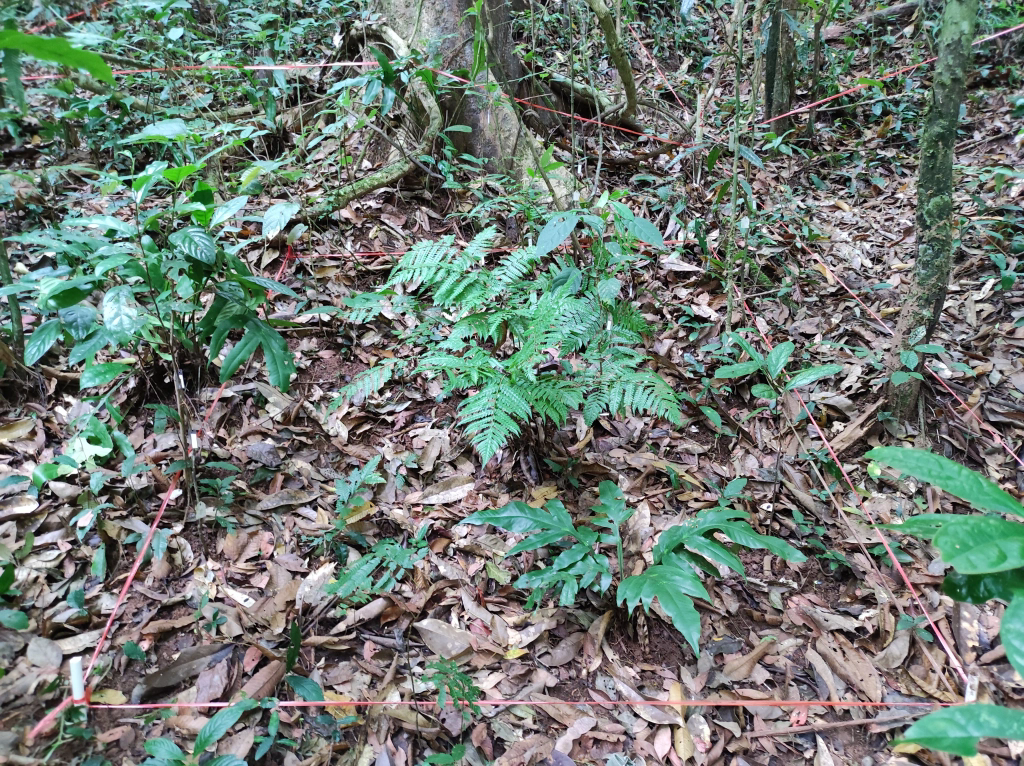The growth-mortality trade-off is the emergent consequence of differences among tree species in how they allocate resource currencies. Growth-mortality tradeoffs among tree species have been observed in many forests, at multiple stages of tree development. Such tradeoffs are thought to facilitate species coexistence. However, the underlying drivers of such tradeoffs remain poorly understood.
In a study published in Functional Ecology, researchers from Xishuangbanna Tropical Botanical Garden (XTBG) investigated putative drivers of the growth-mortality trade-off related to functional traits and ecological niches for 14 tree species in a 20-ha tropical forest in southwest China.They found evidence for an interspecific growth-mortality trade-off at the seedling stage.
The researchers used univariate and multivariate analyses of data on height growth and mortality rates, 15 functional traits, and 15 ecological niche variables of naturally recruited seedlings of 14 tree species in a closed-canopy tropical rainforest in Xishuangbanna.
They compared the strength of the relationships of biomass allocation traits (i.e. traits quantifying how biomass is distributed among organs) versus organ-level traits (i.e. traits that quantify how the organ is built) with growth rate, mortality rate and the growth–mortality trade-off.
The trade-off was not correlated with organ-level functional traits but strongly correlated with biomass allocation traits (including specific stem length, leaf mass fraction, leaf area ratio, and stem mass fraction). Specifically, specific stem length (SSL) was a significant trait representing the height increase of seedlings per unit investment in stem biomass, which highlighted the importance of SSL for seedlings living in the understory of the closed-canopy forest.
Furthermore, they found that soil-defined niches (soil bulk density, soil organic matter content, total soil nitrogen, and slope) were related to growth, mortality, and their trade-offs rather than light-defined niches. Species at the faster growth/higher mortality end of the trade-off were associated with more fertile soils defined by lower soil buck density and slope, and higher organic matter concentration and total nitrogen. It suggested that soil fertility also played a key role in determining demographic trade-offs in seedling populations in tropical forests.
“ Our results suggest that the variation in environmental conditions across sites is an important factor that should be considered when studying the drivers of growth-mortality tradeoffs. When considering biomass allocation in a whole plant context, the effect of functional trait variation on demographic rates and trade-offs may be better revealed, ” said LIN Luxiang of XTBG.
Published: 22 July 2024


The seedling quadrates (2 m x 2 m) in a 20-ha Xishuangbanna forest dynamics plots (Image by LIN Luxiang)


